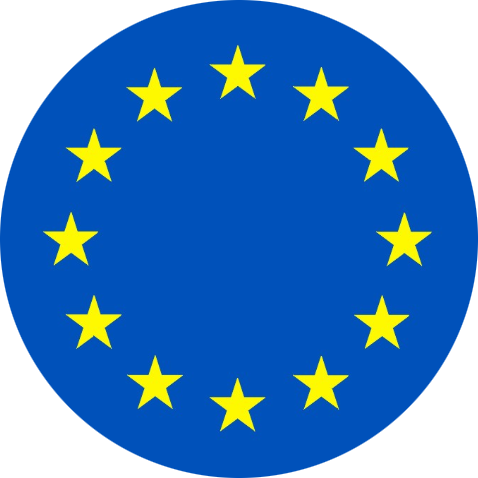Headline consumer prices rose 0.4% in December, taking CPI from 2.7% to 2.9% (the highest since July). However, core prices rose less than the market expected at 0.2% in December and 3.2% – a slight deceleration from 3.3% and the lowest since August.
Core CPI continued to benefit from gradual improvements in the “stickier” core services components that the Fed is watching closely. We believe this will keep the Fed’s cutting cycle in play over 2025, albeit policy uncertainty and potential energy market volatility will likely create some headaches for the Fed.
Energy prices drive headline CPI higher
Energy prices rose 2.6% in December, driven largely by higher gasoline prices. Food inflation was also a source of an upward pricing pressure, partly due to ongoing avian flu-related supply issues.
Encouragingly, core goods prices eased to 0.1% in December (from 0.3% last month). Within the segment, used cars rose 1.2% in December (down from 2%), while most other categories were either largely disinflationary or posted moderate gains.
Figure 1: Energy prices cause headline CPI to accelerate
Source: Bureau of Labor Statistics, Macrobond, Insight, January 2025
However, stickier services categories continue to improve
Within the less volatile categories, we continued to see slow but steady progress.
Shelter inflation fell from 4.7% to 4.6% in 2024, the lowest since January 2022. Excluding shelter, headline CPI stood at 1.9%. Rental components showed gradual improvement while the “lodging away from home” component (which includes costs such as hotel and student accommodation) fell 1% in December.
“Supercore” CPI (a metric of underlying inflation, popular with Fed policymakers) eased from 4.3% to 4% in 2024. This reflected improvement in categories like medical services. However, transportation services remained hot, largely driven a 3.9% spike in airline fares in December.
Figure 2: “Supercore” inflation is still moving in the right direction
Source: Bureau of Labor Statistics, Macrobond, Insight, January 2025
Stubborn inflation in these stickier sectors has caused core inflation to move sideways for most of the last year (Figure 3). However, we expect to see meaningful improvement over the coming months, given improving base effects and disinflationary trends.
Figure 3: Sticky services sectors have held back progress in core inflation, but things may start improving
Source: Bureau of Labor Statistics, Bureau of Economic Analysis, Federal Reserve Bank of Dallas, Federal Reserve Bank of Cleveland, Federal Reserve Bank of Atlanta, Macrobond, January 2025
Policy uncertainty may challenge the inflation picture
Markets are still waiting for more clarity on the incoming administration’s trade and fiscal policy. The minutes of the last FOMC meeting saw policymakers highlighting upside inflation risks to inflation from the incoming administration’s potential trade policies.
Nonetheless, in the near term, we expect the Fed will be encouraged by an improving picture for Core CPI. Although it may not be enough to convince the central bank to cut rates in the near term, we believe it will help keep the cutting cycle in play for 2025. Further, we continue to believe fixed income investments are attractive following the recent rise in yields.



























